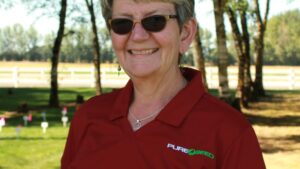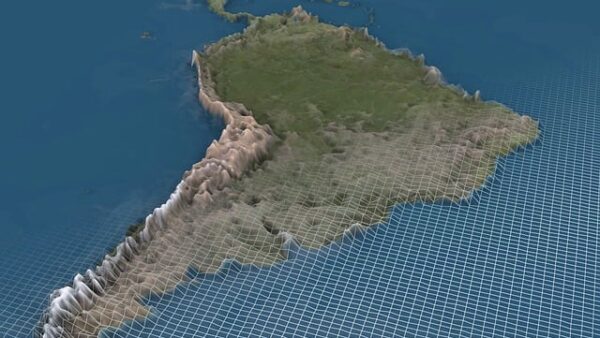A tough economic situation coupled with increased costs for energy, wages, fertilisers, packaging and logistics have pushed up prices for forage and turf seed. In addition, favourable prices on ag commodities, such as wheat, oil seed rape and sunflower have made these crops more attractive and put on pressure to get a competitive seed production price. Therefore, in general seed growers have reconsidered whether they should reduce seed production and cultivate a larger proportion of commodities.
Fortunately, the seed growers in Denmark were blessed with a fine 2022-harvest – both in terms of tonnage and quality – which brings stability and security into the supply chain.
The Netherlands contributes with yields above average and a declining acreage leading to an average production. It is still early days to get a consolidated estimate for the total European seed supply, and there are reports of ups and downs in different seed species and in countries where many regions were affected by the heavy summer drought.
The good news is that overall stock levels throughout the supply chain have remained adequate because good humidity and almost no winter damage led to below-average demand in 2021/2022. For various reasons it seems unlikely that European imports from other continents will increase. Factors such as container freight prices, currency rates, production costs and low yields are the main barriers to trade.
In this era of economic pressures – increasing cost prices and inflation driven by energy and food prices – it’s vital to work with secure and reliable business partners. Since agricultural commodity prices are competing at farm level with grass and clover seed production, it’s becoming more challenging to maintain the balance between farmer production prices and an acreage that will cover future demand. Climate change doesn’t help. Dry springs, summer droughts and periods of heavy rainfall adds to make future demand more unpredictable.
The summer drought caused severe damage to many agricultural crops across much of Europe, as well as to the turf areas. A below-average maize production is likely to result in a gap in silage supply for cattle during the coming winter. And high prices for forage cereals and feedstuff may cause extra spring demand for early home-grown forage in 2023.
In the short term, we expect good spring consumption for 2023 for forage and turf, which will reduce inventories at all levels of the supply chain. Contracting of new production for the 2024 harvest remains difficult. We expect to see a drop in European acreage for the harvest years 2023 and 2024 caused by production costs and the lure of alternative crops. That consequently also means that we see firm or further firming prices ahead of us.









